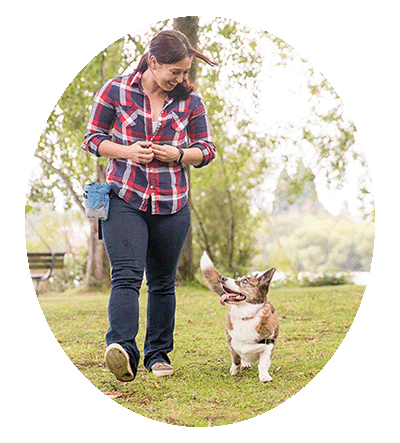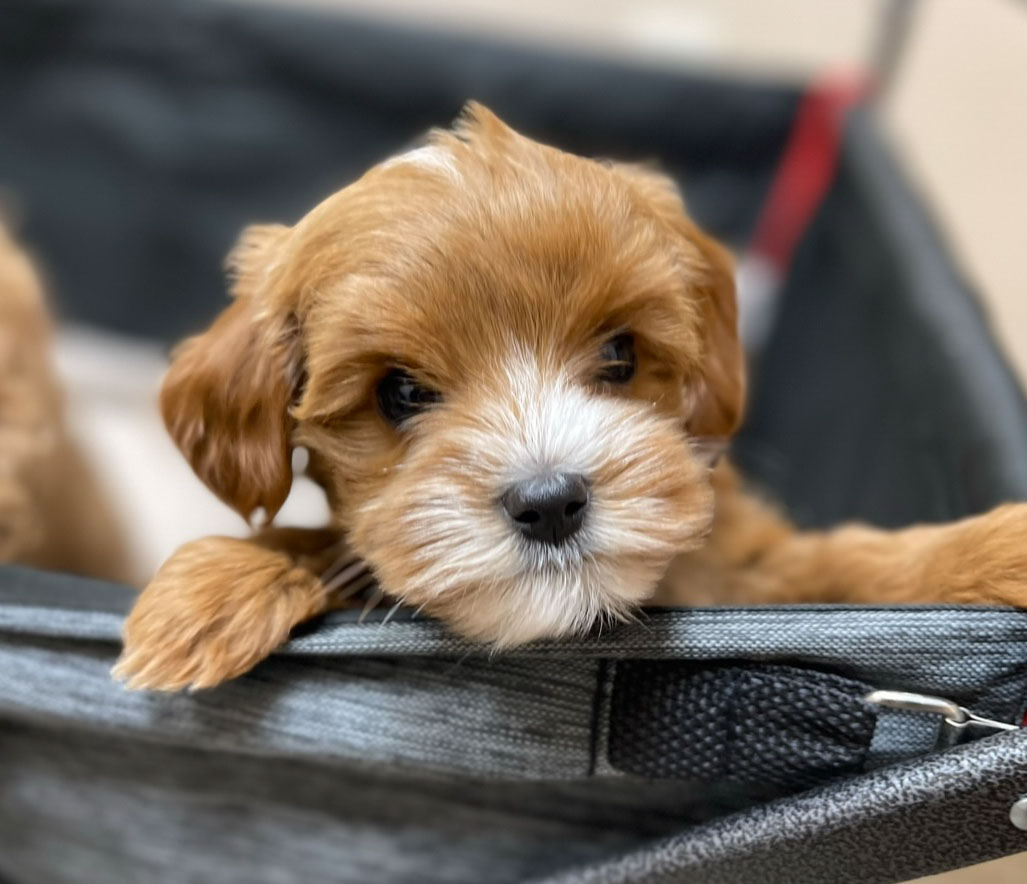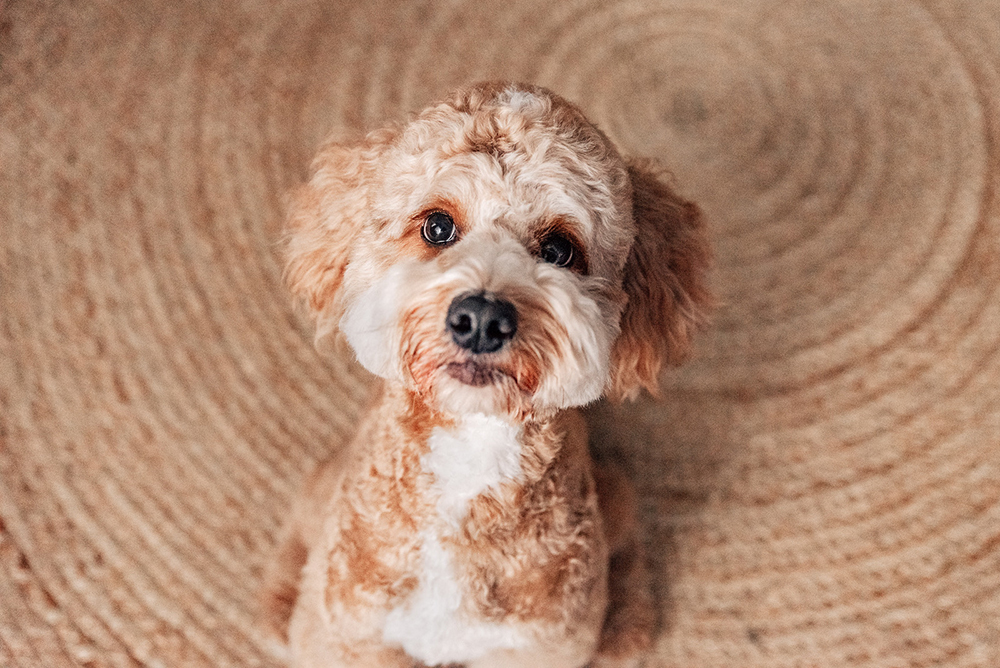New Puppy Parents
This is your long-awaited day – the day you pick up your Maple Hill Doodles adorable ball of puppy fur! You’ve read our reviews from happy puppy parents, about how smart, cute, sociable and easy to train their new puppies are, and you’re thinking, okay, 2 weeks at the most and this will be our perfect puppy! But hold on just a minute! This day is just the beginning of your turn at puppy training. Now you have skin in the game, I believe the expression goes, and it’s up to you from here going forward.
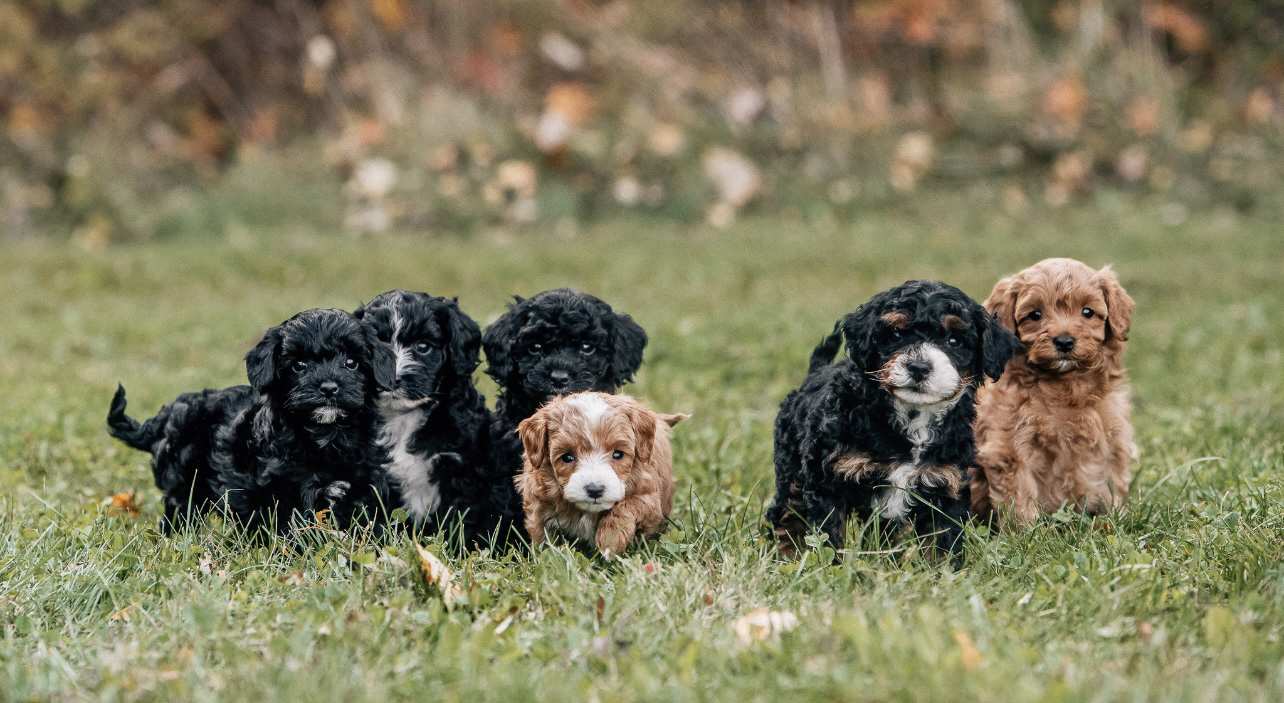
Remember that your puppy is now officially a member of your family, with all that includes. You are responsible for all education as a puppy parent. Adopting a Maple Hill Doodles baby is an awesome responsibility, almost exactly the same as receiving a newborn human baby. Your child has a basic personality too, and has to be shown what you expect in small advances. That’s why we call those, baby steps.
Here, we’ll talk about the Big 3 challenges that must be met and worked through, to build a solid foundation for the rest of your life together with your puppy: House Breaking, Crying in the Crate, and the Puppy Blues. Don’t worry if you get stuck on a detail or even frustrated. Training for these 3 areas takes love, time, patience and consistency. The most important, of course, is love.
House Breaking
What is a housetrained dog? It feels like a black and white thing, the dog either is or isn’t housetrained. Yet, there’s more to the story. Housetraining is more of a spectrum than it is black and white. Let’s dive in and see what the normal process of housetraining looks like and how long it usually takes.
We do our best to give you a good head start in the process by using artificial turf (fake grass) as the bathroom area within our puppy pen. We also try to give our pups as much time in the fresh air as possible, so long as weather is permitting. The combination of the two helps to harness the puppies’ natural instinct to go in a designated area. For dogs, especially puppies, they’re all about following the crowd, so where other dogs go, is where they want to go. They figure out these areas based on scent, not visually.
Because this scent is ingrained in the turf and certain areas of the yard, the dogs tend to go in those areas. This is why, if you have that rug in your bathroom that your one dog peed on, no matter how many times you wash it, they’ll still carry the scent and the pup will be drawn to going there.
In this stage one of housebreaking the dog is learning there are places to go and places not to go.
When the puppy comes to your home, you now need to work to show the puppy where the designated place to go is. While you could use a pee pad or turf in your own home, we find these hard to transition away from, causing you problems later. It’s much easier to start with a routine with your puppy, anticipating when they’ll need to go and then providing them the opportunity to go outside where you would like them to. We recommend you choose a place in the yard and have the puppy in that area. You can leave some poop in that area to continue to signal that place as the bathroom area until they have it imprinted.
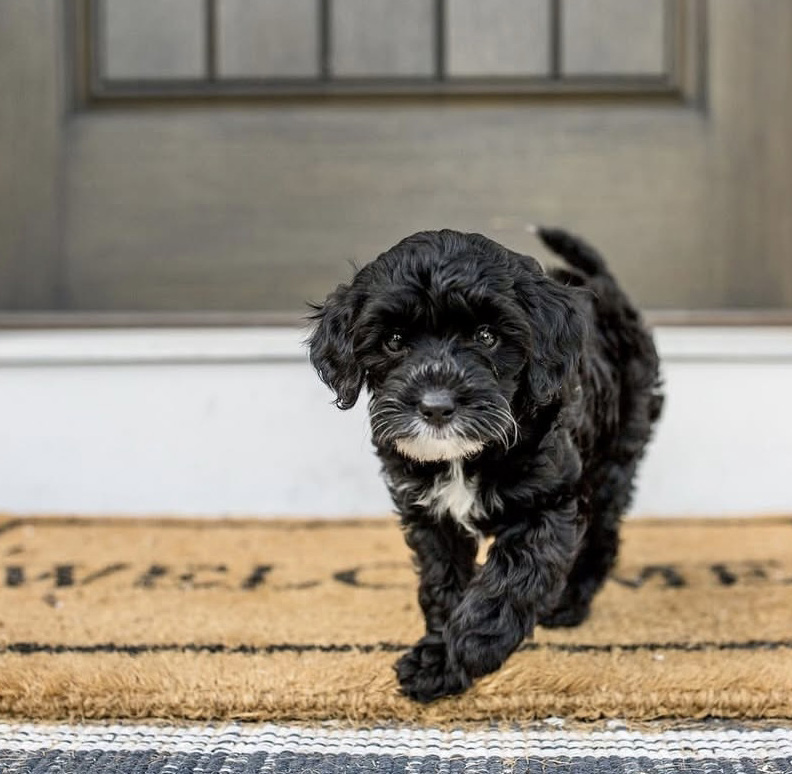
Consistency and Anticipation, NOT Insistency and Constipation
A big part of your success with the housebreaking is consistency and anticipation. Generally the puppy will need to go after certain events, such as eating and drinking water, and first thing when they get up after sleeping all night or a nap. For example, a puppy should always be allowed an opportunity to go within 10 minutes, up to an hour, after eating and drinking.
This combination does two things: it imprints the designated bathroom area, while simultaneously preventing accidents, which often lead to imprinting the wrong area as a bathroom area, like your rug.
After the routine is established and the dog has an idea of where to go and when, we can start expanding boundaries, such that the dog learns larger areas are not bathroom areas.

In the beginning the dog will naturally understand that a crate is not a place to go, unless absolutely necessary. We can use this understanding and start to expand the boundaries of the crate. You can then expand to a larger area, such as the laundry room or gating off the kitchen. It’s ideal if these rooms have easy-to-clean flooring like tile, so the accidents are easy to clean up. Keep an eye on the length of time your puppy can go in between bathroom breaks. As this expands, you can start to give them more free rein in the house. Quite simply, many people struggling with house training have given the puppy too much freedom, too soon.
While this is not an exhaustive troubleshooting list of housetraining, it is the general idea you use to start your puppy the right way.
Crying in the Crate
No one expects a human baby to sleep through the night in the first year, yet many people don’t realize that puppies are still babies when you first get them. Sometimes, because we are buying puppies, and they’re considered old enough to be sent to a new family, we think they are further along in development than they are. They’re still babies and when they first come to your home, everything is new, it’s exciting, but also a little scary. Putting a puppy in a crate is a necessary part of housetraining, but it’s uncomfortable, because it’s unfamiliar. While the puppy is getting familiar with the process of the crate, they’re prone to vocalizing their frustration.
A major part of our breeding program is breeding a dog that is human-focused. they really want to be with you. As such, putting a puppy in a crate, in another room, can be extra scary for the pup. We’ve found many buyers have had success with crate training when the puppy is in their room,. Some owners have even gone so far as to sleep cuddled up on the floor next to their puppy, with their hand on their pup in the crate, to reassure the pup that they’re not alone, we’re right here.
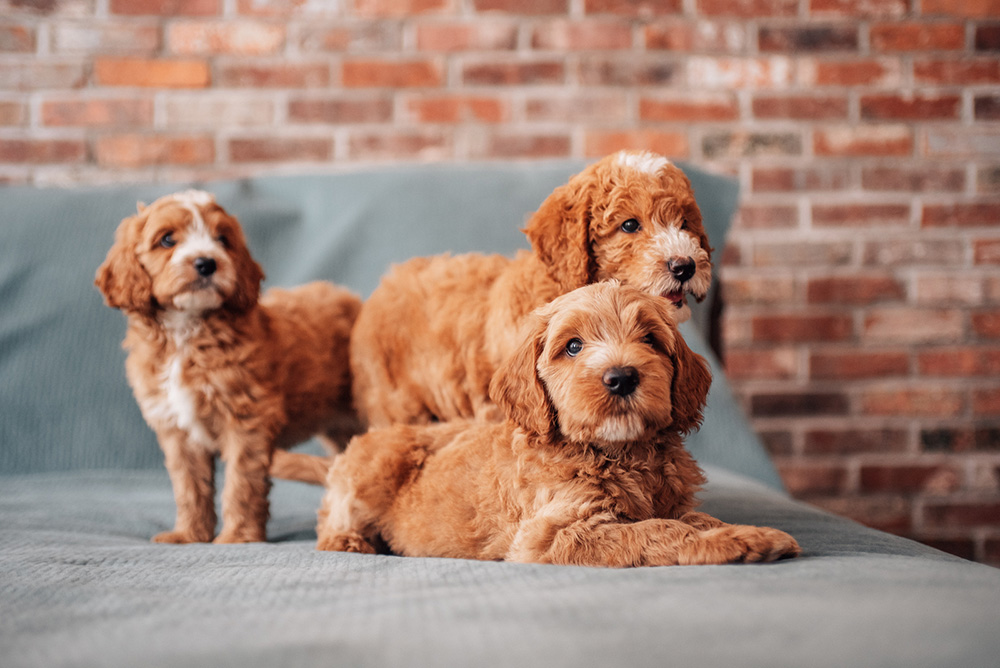
It’s worth noting that some people skip a few steps and let that puppy charm their way into bed with their owner, those puppy eyes are no joke. Despite it seeming like an ideal situation, we’ve found that allowing the puppy into bed before they’re crate trained makes the process of crate training later very difficult. Even if you’re not a huge fan of crates, it is an important part of safety for your dog, as crates are best for transportation in an emergency, or even waiting for their turn at the groomer.
The crate is a key in the early puppy stages at your home and training. If you can do your best to make it a positive experience, a comfortable place to be, and have a little patience while the puppy learns the routine, I promise it’ll pay off for the life of your dog. Remember, the crate crying does come to an end in a few short weeks, often only a few nights, and is faster with the above tips. If you invest in crate training with your puppy now, you’ve invested in the future.

Puppy Blues
Many people get a puppy excited for the dog as an adult — the finished product, so to speak. Adult dogs are wonderful because they know what to do, how to do it, and when they’re allowed to do it. It allows the owner to enjoy the dog without too much work. While all of this is possible, puppies, by definition, are not adult dogs right out of the box. The things we love about adult dogs take time, training, and let’s be honest, it’s a little — a lot of — work.
It’s common after the honeymoon phase that the process of puppy training can feel a little exhausting. Keeping a schedule and routine, as well as frequent bathroom breaks, can feel like a loss of freedom and give you an experience quite the opposite of what you hoped getting a dog would be. This is normal!!
Having a puppy is a lot like having a new baby. You’ll have to adjust your plans a little, come home a little early, and plan your Saturdays a little more structured. Thankfully with puppies, this phase passes pretty quickly, considerably quicker than with human babies.
Housetraining and crate training are the two biggest contributors to the puppy blues. When it comes to puppies, you get what you put in. You’ve got a great start by getting a Maple Hill Doodle, but we only breed potential. Now it’s your turn to turn that potential into an amazing dog. When you invest the time into these early phases of puppyhood, while your puppy goes through their fear periods and adjustments without littermates, you’ll be their rock, their person, the one they seek out in the crowd. You’ll build a bond that is unparalleled and will create the memories you’ve always wished for with your new pup.

The Journey Is Worth It
Remember that the challenges of puppyhood are temporary, but the rewards of a well-adjusted adult dog will last for many years to come. Every puppy parent goes through these hurdles. And while some days might feel overwhelming, we promise the investment of your time and patience during these early months will pay dividends in the form of a loving, well-behaved companion.
At Maple Hill Doodles, we’re always here to support you through your puppy-raising journey. Don’t hesitate to reach out if you need advice or reassurance along the way. Before long, you’ll look back on these challenging puppy days with fondness, as your furry family member grows into the dog you’ve always dreamed of having.

